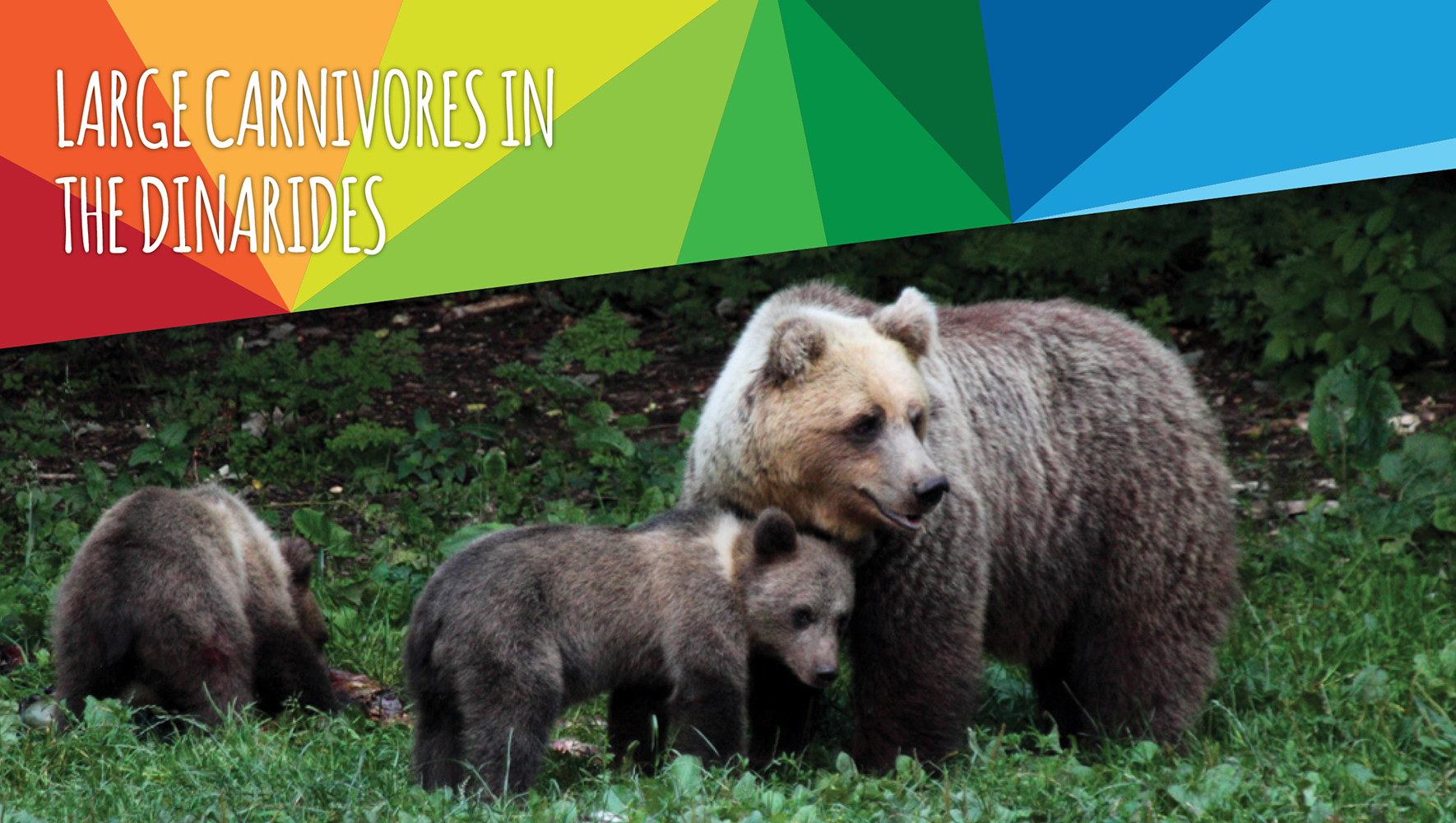
Here you can find basic information about all three large carnivore species present in Croatia and Slovenia.
As top predators, these species have a very important role critical to ecosystem function, as they exert control over smaller predators, prey, and the plant world. Their existence is also evidence of the healthy ecosystem and beauty hidden within the Dinarides, as well as inspiration for many wildlife-human coexistence stories known locally and beyond.
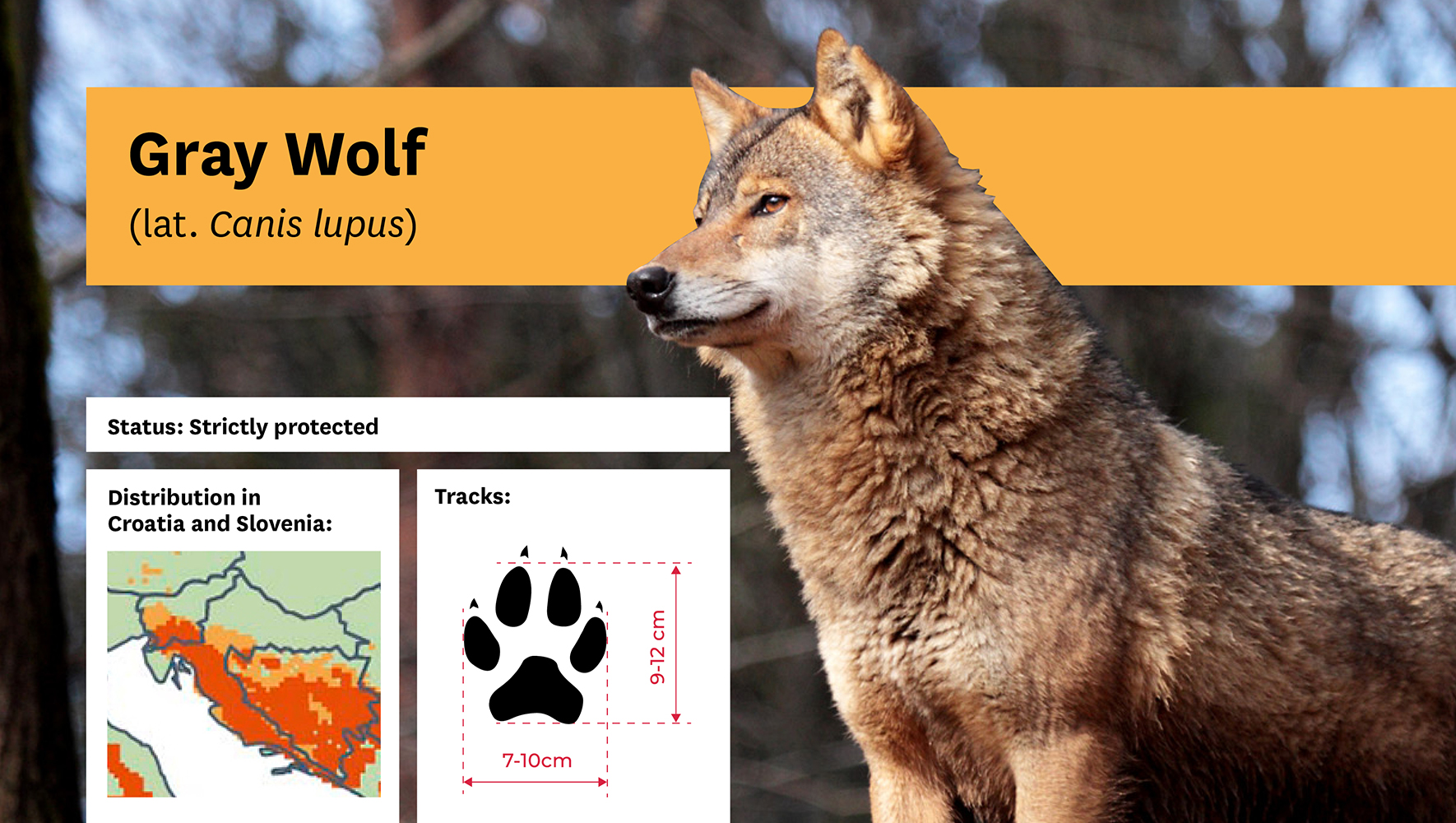
Lifespan: in the wild up to 13 and up to 16 years in captivity
Weight: Males 38.9 ± 7.4 kg, females 34.2 ± 5.7 kg
Habitat: forests, shrubland, grassland, wetlands, and rocky areas
Diet: roe deer, deer, wild boar but also carcasses and some plants and domestic animals
Specifics: grey-dark grey fur, body built for long runs and endurance, a direct ancestor of dog, black stripe on the forearm
Behaviour: lives and hunts in packs with high hierarchy, but there are also solitary individuals
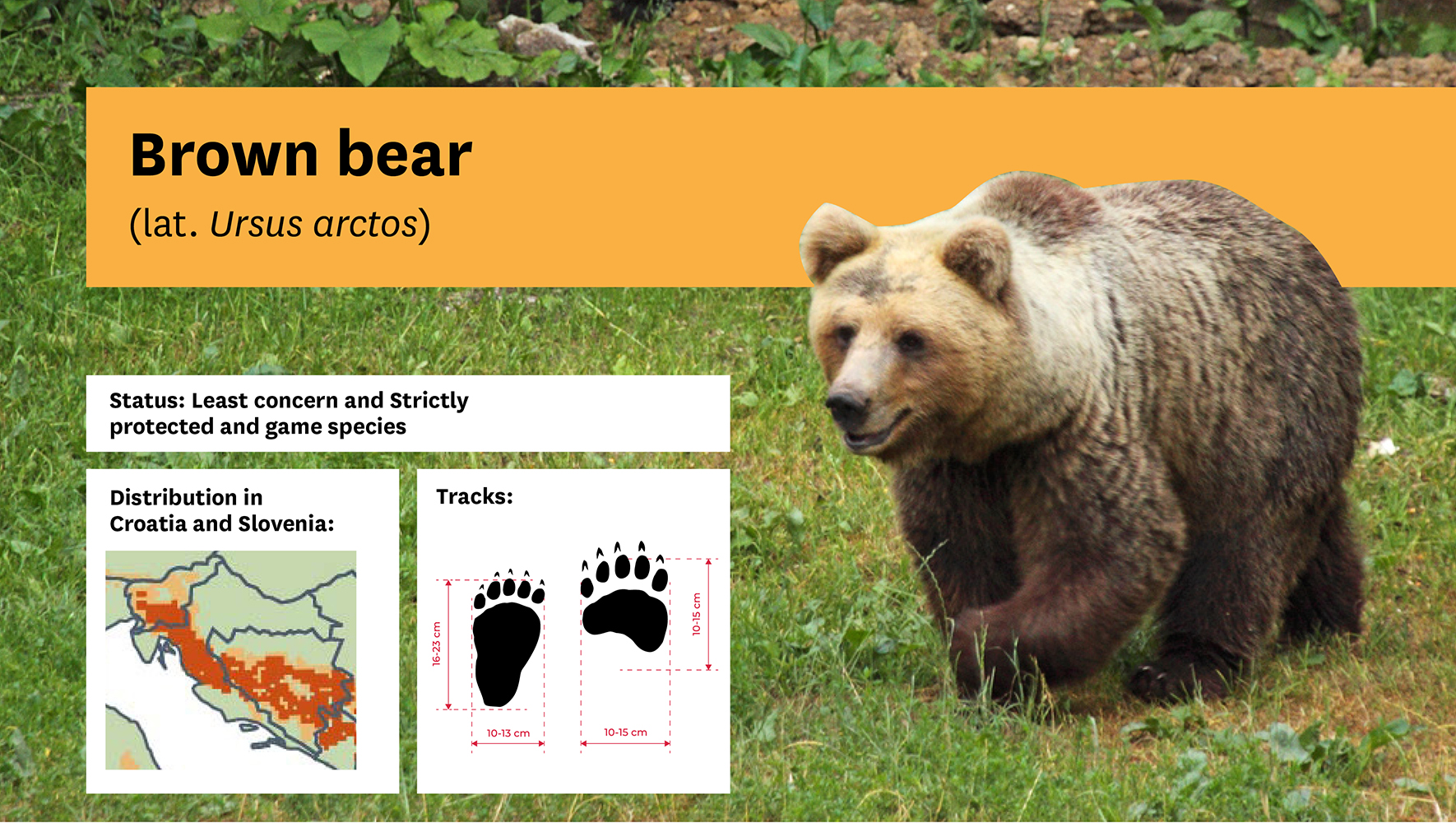
Lifespan: in the wild 20 to 30 years of age, and in captivity around 40
Weight: males up to 300 kg, sometimes even more, females up to 180 kg
Habitat: dense forest area with deciduous trees, forest clearing, and crossroads far from human activity
Diet: mostly plant matter, but for protein, insects and their larvae and pupae, other invertebrates, rodents, and carcasses
Specifics: strong body, and a massive head and neck, fur colour varies from yellow tone to black. In some countries (also Croatia) it is a game species and has a yearly harvest management plan
Behaviour: active mostly at night; can walk a few dozen kilometers per day, usually sleeps during the winter period, marks its territory by clawing and biting tree trunks
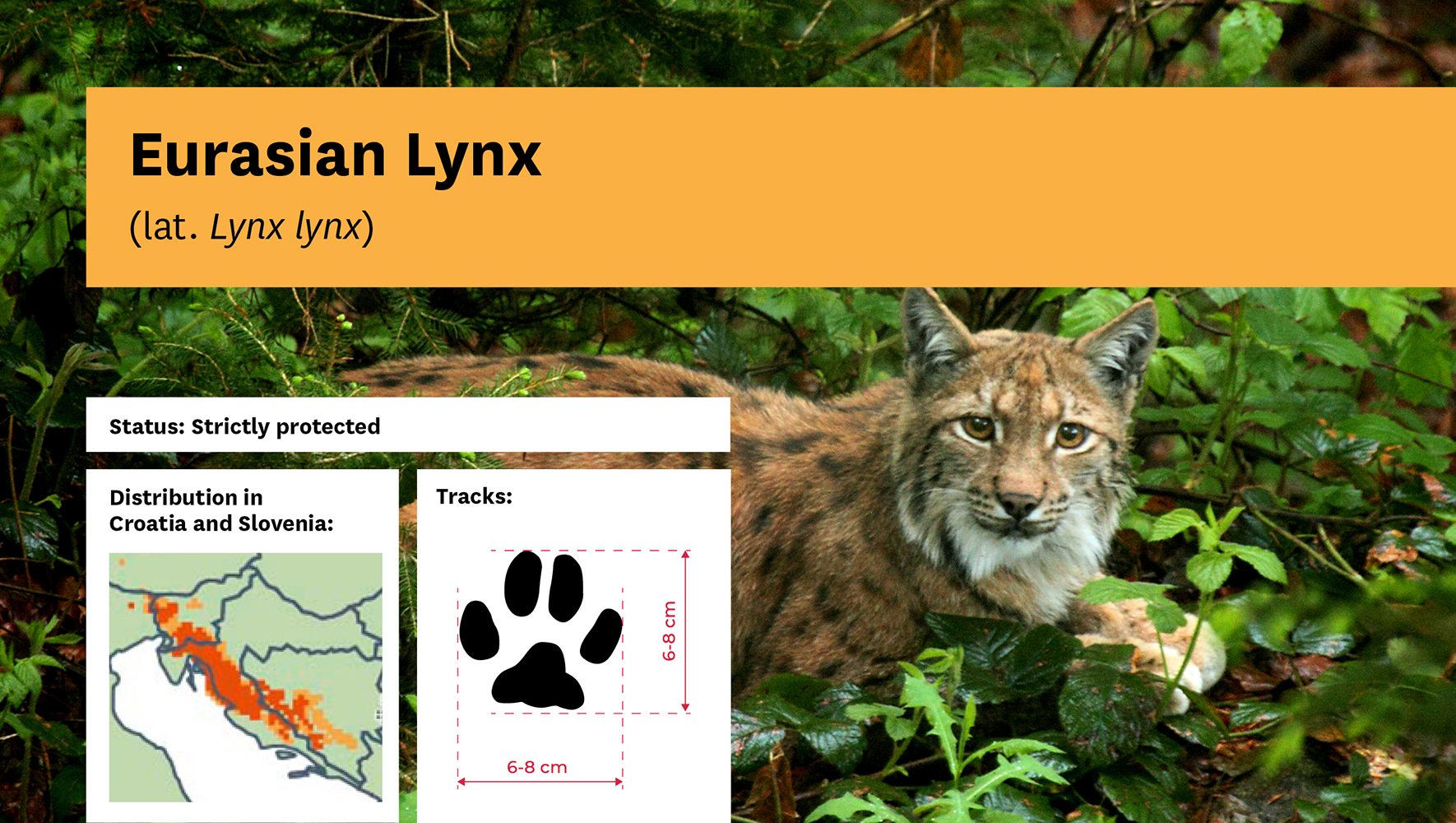
Lifespan: in the wild, they have been recorded up to 18, and up to 25 years in captivity
Weight: females 17.9 ±3.0 kg; males 21.5 ± 3.3 kg
Habitat: predominantly deciduous, coniferous, and mixed forests
Diet: roe deer, edible dormouse, red deer, chamois
Specifics: ear tops, spotted fur, short tail, the largest wild cat in Europe. Was extinct in the Dinaric area from 1903 until 1973 when it was reintroduced
Behaviour: solitary and territorial
Other felids in Europe
The Eurasian lynx is not the only lynx species in Europe!
There is also the Iberian lynx (Lynx pardinus), which lives in Spain and Portugal and is very endangered. The Iberian lynx is smaller than the Eurasian lynx, and rabbit is its main prey. The Dinarides are also home to another felid species! The European wildcat (Felis silvestris) is also present, but with a wider range. The wildcat is much smaller than the lynx and feeds on smaller prey such as rodents and birds. It is also a strictly protected species.
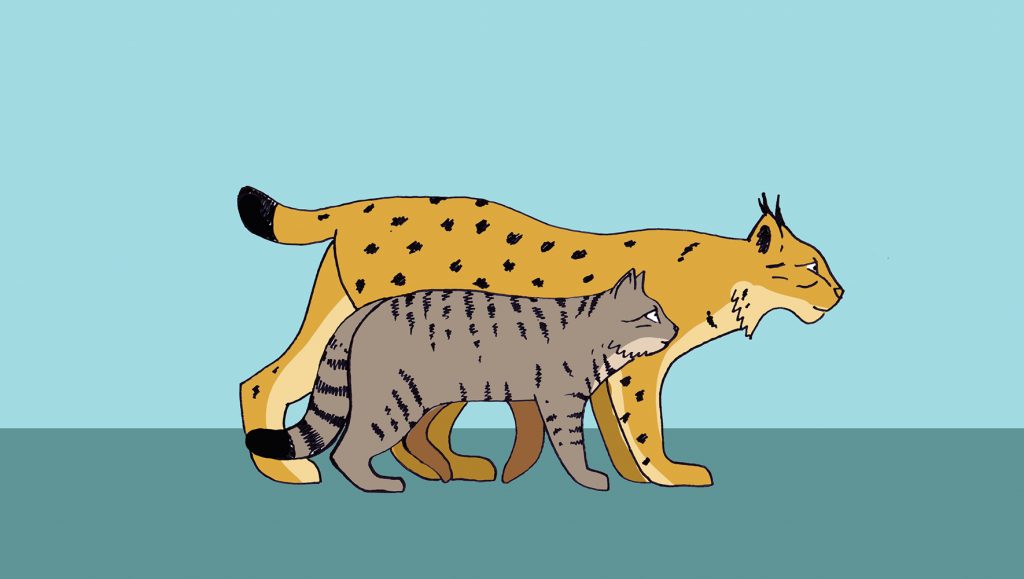
Comparison of Eurasian lynx and European wildcat
The history of lynx in the Dinarides
A few hundred years ago, just like in other parts of Europe, lynx were present throughout the whole Dinarides.
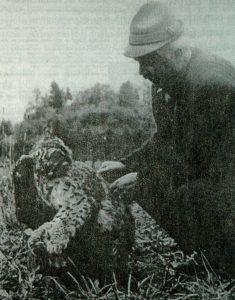
After the reintroduction in 1973. and till 1998. in Croatia, it was allowed to hunt lynx. On the photo: The first lynx hunted after the reintroduction. Author: Alojzije Frković
At the beginning of the 19th century, the pressure on nature by human development was increasing due to changes in agriculture and hunting practices, building of road networks, and the creation of big settlements. Large carnivores were also persecuted as they were seen to be a danger to livestock, and so the European population started to decrease. From being a widespread species, it came to be that only a few separated populations of lynx managed to survive in largely inaccessible mountain areas (such as Carpathian, north Scandinavian and Balkan). Slovenia and Croatia unfortunately also lost their lynx populations in the early 1900s. In 1973, Slovenian hunters decided to repopulate lynx in these areas by bringing 6 individuals from Slovakia and releasing them in the Slovenian part of Dinarides. These 6 animals started the new Dinaric lynx population that is still present today. Unfortunately, due to the genetic isolation and a small number of reintroduced individuals, genetic analysis showed that today the Dinaric population is struggling with low genetic diversity.
Lynx is strictly protected in both Slovenia and Croatia and hunting or disturbing them in any way is forbidden.
About the LIFE Lynx project
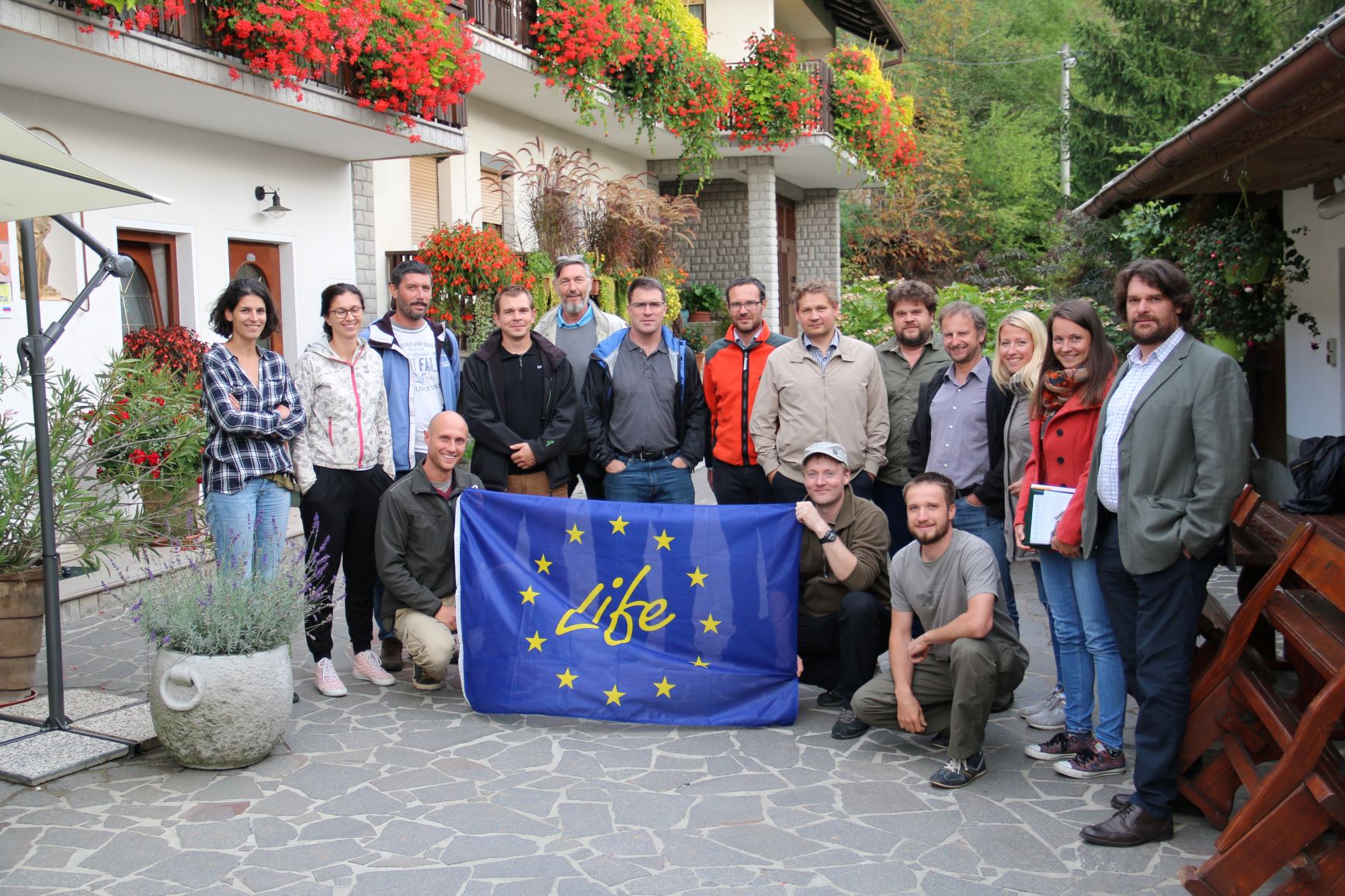
The main objective of the LIFE Lynx project is to prevent the extinction of the Dinaric-SE Alpine lynx population through reinforcement and long-term conservation.
Over 7 years, 11 partners from 5 countries (Slovenia, Croatia, Italy, Romania, Slovakia) are planning to bring 14 lynx from the Carpathian to the Dinarides and SE Alps. This will build a stepping stone population in the Alps that will allow natural gene flow, and ensure the genetic diversity of the population in the future. The project is co-financed by the LIFE programme, Ministry of the Environment and Spatial Planning of the Republic of Slovenia, Environmental Protection and Energy Efficiency Fund (Croatia), Office for Cooperation with NGOs, Government of the Republic of Croatia and EuroNatur Foundation. More information can be found at www.lifelynx.eu.
